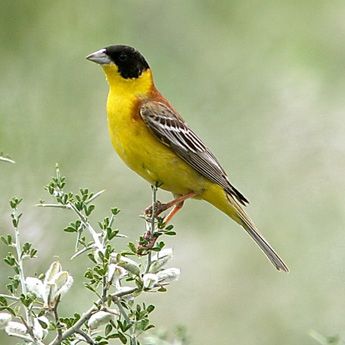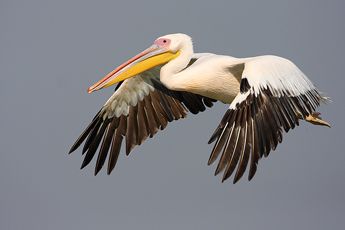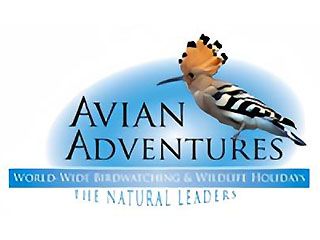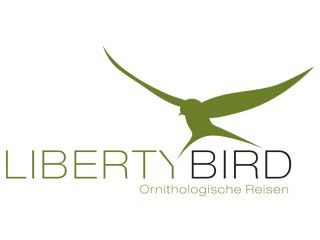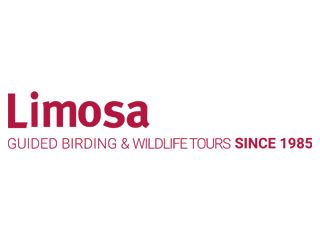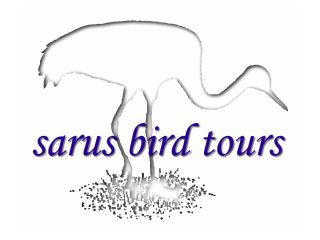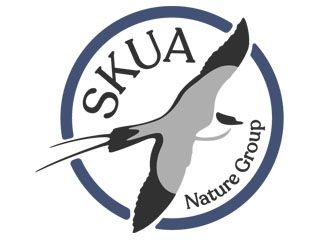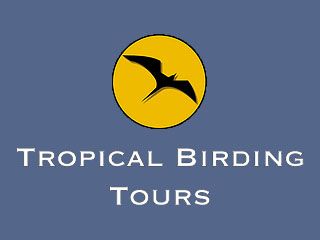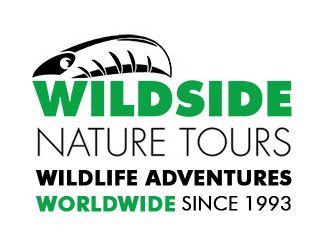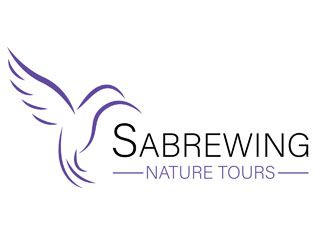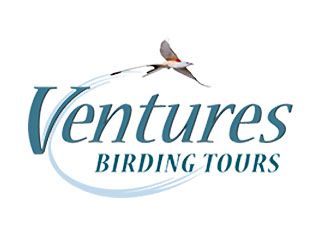Ecotours Worldwide - Stop Dreaming - Start Booking
Balkan's Hidden treasures
Montenegro, Albania and Croatia, 10 days
Montenegro is the youngest country in Europe that became independent from Serbia in 2006. Despite its tiny size it contains a wealth of different habitats all within easy reach. The Mediterranean Sea Coast has the most striking scenery in Europe, but besides beaches also offers saltpans, sand dunes and the delta of River Bojana, all important migration stopovers. Further inland lies Lake Skadar sandwiched between mountains and fed by scenic Rijeka Crnojevica. It is home to thousands of Pygmy Cormorants and is the westernmost nesting place of Dalmatian Pelicans. Durmitor National Park offers unspoilt mountains with huge coniferous forests home to Three-toed Woodpecker, Nutcracker and Eastern Bonelli's Warbler.
Albania is one of the least known countries in Europe. It is characterised by dramatic mountains, sandy beaches, historic cities and Roman ruins, only a few people visit this far corner of our continent. From the birder's point of view much of the country's birdlife is unexplored, so surprises are guaranteed. Karavasta Lagoon is one of the few protected areas with a healthy population of Dalmatian Pelicans and an important wetland for migrating waterbirds.
Highlights
- visit to scenic mountains, coastline and lakes
- exploring national parks and world heritage sites
- visit to historic cities and the island of Mljet
- birding in Alpine and Mediterranean habitats
- beautiful landscape, rare birds, butterflies and dragonflies
Accommodation
- 1 night near Dubrovnik, Croatia
- 2 nights in Virpazar, Montenegro
- 2 nights in Durres, Albania
- 2 nights in Zabljak, Montenegro
- 2 nights near Dubrovnik, Croatia
Price
- www.ecotours-worldwide.com/dates-prices
- Ask for the actual price.
- Our price includes:
- - all travel as noted in the itinerary;
- - all accommodation based on shared rooms (most rooms are twin bedded), at most locations there are single rooms as well for extra charge (Please ask for a single room at the time of booking!);
- - 3 meals per day, generally breakfast at the accommodation, packed lunch, dinner (consists of at least two courses);
- - services of the leader(s);
- - trip materials.
- Not included:
- - flights to and from Dubrovnik;
- - optional programmes to places of interest and entrance fees involved;
- - airport and other departure taxes, tips;
- - food beyond generally 3 meals/day mentioned in the itineraries;
- - excess baggage charges;
- - telephone calls;
- - alcoholic beverages;
- - compulsory personal insurance.
- If you have questions about the inclusion of any cost item, please contact us.
Itinerary
Day1
Upon arrival to Dubrovnik Airport in Croatia we drive to our nearby accommodation.
Day2
We cross the border into Montenegro and reach the Bay of Kotor, the southernmost fjord in Europe. Then the road climbs up into the mountains, from where we can enjoy the breathtaking vista of Kotor Bay and the surrounding mountains. We then drive through Lovcen National Park stopping en route for birding. Later we enter the valley of Rijeka Crnojevica that leads towards Skadar Lake. The landscape is once again astonishing as the river meanders between the hills into the lake. We spend two nights in Virpazar, where Scops Owls call during the evenings.
Day3
We take a boat ride on Lake Skadar, to search for the last surviving Dalmatian Pelicans of the lake. Pygmy Cormorant, Glossy Ibis, Squacco Heron, Ferruginous Duck and marsh terns are everywhere and migration might turn up surprises. Then we drive to the coast to explore the coastal site of Buljarica. It is a long beach with adjoining wetlands surrounded by olive groves and coastal cliffs. Birds of the area include Levant Sparrowhawk, Rock Partridge, Olive-tree Warbler, Sombre Tit, Western Rock Nuthatch and Blue Rock Thrush. Later in the afternoon we visit some nice forests along Skadar Lake that are home to Great Spotted Cuckoo and Sombre Tit.
Day4
We visit Ulcinj saltpans along the coast that attract many birds during migration. Then we explore Velika Plaza along the River Buna comprising of sand dunes, adjoining grassland, forests and wetlands that is an important breeding area and migration stopover.
Around noon we cross the border into Albania. We stop in Shkodra to visit the castle for views over the lake and the Buna River. Then we drive to the coastal town of Durres where we spend two nights.
Day5
We explore Karavasta Lagoon, an important coastal wetland home to a nice population of Dalmatian Pelicans. Migration brings thousands of waterbirds including an occasional Marsh or Broad-billed Sandpiper. Leaving the lagoons we drive further south through hilly countryside, home to Red-rumped Swallow, Woodchat Shrike and Black-headed Bunting. We visit the Greco-Roman ruins of Apollonia and then return to Durres.
Day6
We drive back to Montenegro visiting the castle of Kruja. Passing the border of Montenegro we drive further northwest into the mountains. We stop shortly to admire Ostrog Monastery and late afternoon we reach Zabljak in Durmitor National Park where we spend two nights.
Day7
We explore pristine forests in the national park for Three-toed Woodpecker, Nutcracker and Common Crossbill. We also visit Tara Canyon, the deepest gorge in Europe where we have chances for Rock Partridge, Wallcreeper and Rock Thrush.
Day8
After a morning birding in the Durmitor NP we drive back to Dubrovnik birding on the way. In the afternoon we arrive to our accommodation and it will be possible to visit the beautiful city of Dubrovnik before dinner.
Day9
We take the ferry to cross to the Adriatic island of Mljet. Two salt lakes and pristine forests of Aleppo Pine and Evergreen Oak are home to Pallid Swift, Eastern Orphean Warbler and if we are lucky we might see Mediterranean Shearwater, Eleonora's Falcon or Audouin's Gull.
Day10
After a final morning birding we drive to Dubrovnik Airport to take our flight back to the UK.

Contact
Phone: Call May-October; Text all year
+36 30-645-9318 or +36 30-211-0006
Call Nov-April: +506 84961012 or 84961417
e-mails:
ecotoursgabororban @ gmail.com
toucanbirdingecolodge @ gmail.com
Our mission
Our first priority is to save habitats & species.
Secondly we would like to share our knowledge of wildlife and encourage you to participate directly or indirectly in protecting nature.
We are also working continuously on our carbon balance with developing our 23 hectares of wildlife reserve.
